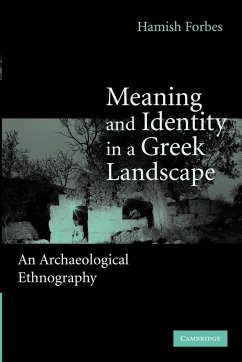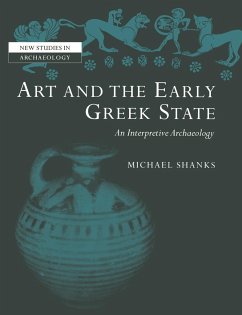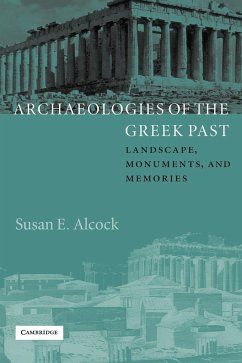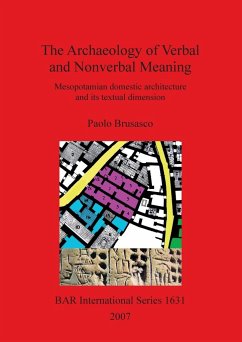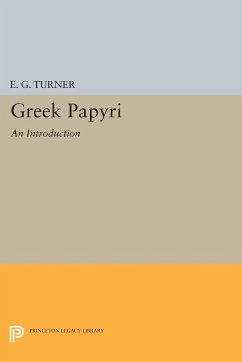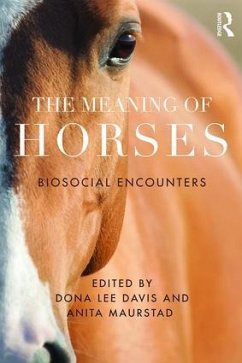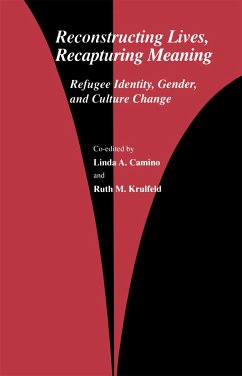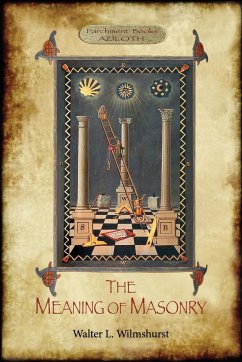
Meaning & Identity Greek Landscape
Versandkostenfrei!
Versandfertig in 1-2 Wochen
141,99 €
inkl. MwSt.

PAYBACK Punkte
71 °P sammeln!
In this interdisciplinary study, Hamish Forbes explores how Greek villagers have understood and reacted to their landscapes over the centuries, from the late medieval period to the present. Analyzing how they have seen themselves belonging to their local communities and within both local and wider landscapes, Forbes examines how these aspects of belonging have informed each other. Forbes also illuminates cross-disciplinary interests in memory and the importance of monuments. Based on data gathered over 25 years, Forbes' study combines the rich detail of ethnographic field work with historical ...
In this interdisciplinary study, Hamish Forbes explores how Greek villagers have understood and reacted to their landscapes over the centuries, from the late medieval period to the present. Analyzing how they have seen themselves belonging to their local communities and within both local and wider landscapes, Forbes examines how these aspects of belonging have informed each other. Forbes also illuminates cross-disciplinary interests in memory and the importance of monuments. Based on data gathered over 25 years, Forbes' study combines the rich detail of ethnographic field work with historical and archaeological time-depth, showing how landscapes have important meaning beyond the religious sphere in terms of kinship, ideas about the past, and in their role as productive assets.





